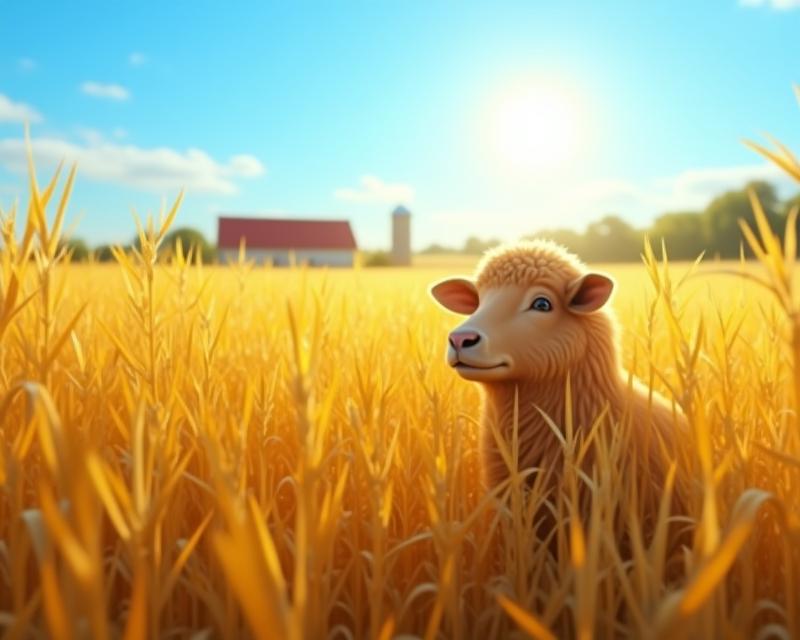GMO Corn: A Look at its Role in Farming
Publish in Crops el 22/07/2025 16:38
GMO Corn: A Look at its Role in Farming
Corn is a cornerstone of agriculture, and for decades, genetically modified (GM) or GMO corn has been a dominant player in U.S. farming and globally. But what exactly is GMO corn, and why is it such a hot topic? Let's dive in and explore the facts, the benefits, and the ongoing debates surrounding this widely grown crop.

What is GMO Corn?
GMO corn is corn that has been genetically engineered to possess certain traits. This typically involves inserting genes into the corn's DNA from other organisms – bacteria, viruses, or even other plants – to enhance desirable characteristics. The most common modifications include insect resistance (allowing farmers to use less insecticide) and herbicide tolerance (allowing farmers to control weeds more effectively).
Why is GMO Corn So Popular?
The adoption of GMO corn has exploded for several reasons. Farmers appreciate the increased yields and reduced pesticide use that insect-resistant varieties offer. Herbicide-tolerant corn simplifies weed management, saving time and labor. Furthermore, GMO corn can be engineered for improved nutritional content or to withstand harsh environmental conditions. This contributes to a more efficient and potentially more profitable farming operation. It's also a key ingredient in many food products, from animal feed to ethanol fuel.
The Controversy Surrounding GMO Corn
Despite the benefits, GMO corn isn't without its critics. Concerns often revolve around potential environmental impacts, such as the development of herbicide-resistant weeds. Some worry about the effects of GMOs on biodiversity and the potential for unintended consequences on ecosystems. There are also ongoing debates about the long-term health effects of consuming GMO foods, although major scientific organizations generally agree that currently available GMOs are safe to eat. Labeling is another contentious issue, with some advocating for mandatory labeling to allow consumers to make informed choices.
Looking Ahead
GMO technology continues to evolve. Researchers are working on new GMO corn varieties with enhanced traits, such as drought resistance and improved nutrient utilization. As agriculture faces challenges from climate change and increasing food demand, GMO corn is likely to remain a significant part of the agricultural landscape. Understanding the science, the benefits, and the concerns is crucial for farmers, gardeners, and consumers alike to make informed decisions about the food we grow and eat.





